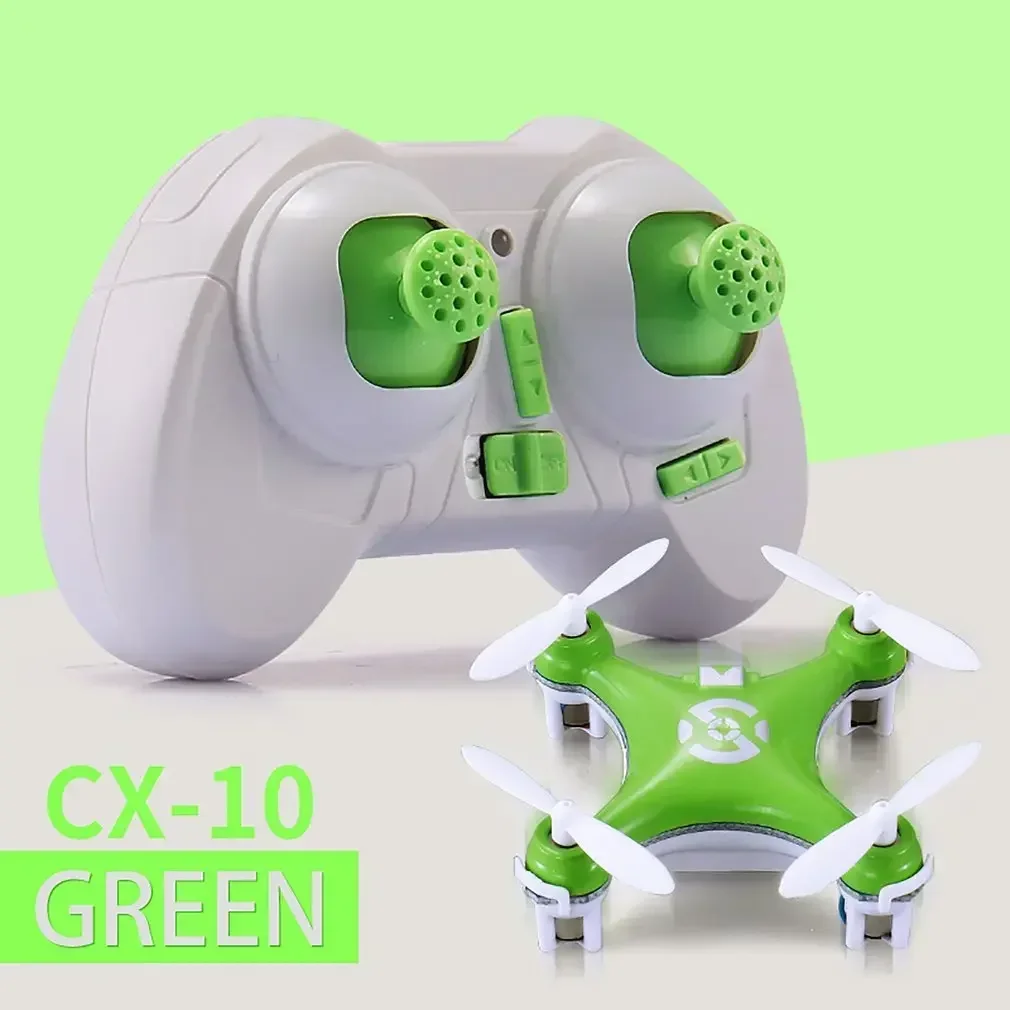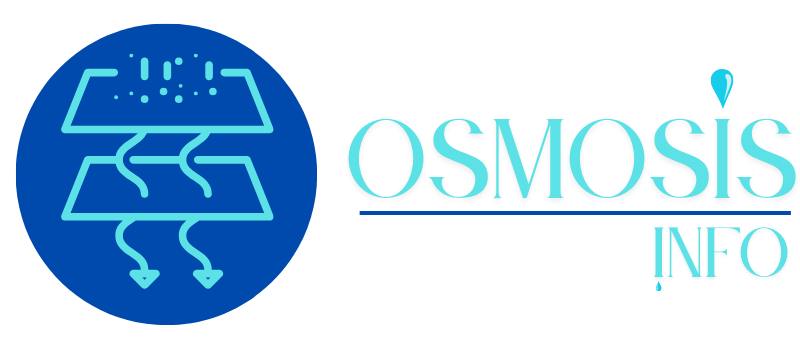The Distillation Process

Once the steam has a clear path forward, it drifts into a cool condenser coil, where it chills, condenses, and transforms back into liquid droplets. These droplets—now freed from bacteria, heavy metals, and organic compounds—are collected in a separate chamber, resulting in water as pure as lab-grade reagents [4]. This simple yet powerful cycle of evaporation and condensation is why distillation remains one of the most reliable purification methods, despite centuries of evolving technology. It really is the same principle alchemists tinkered with, minus the philosophical gold-making pursuits.

These days, you don’t have to be a chemist to bring this process home. Thanks to sleek, compact distillers—some designed for kitchen countertops, others for whole-house integration—you can enjoy ultrapure water for brewing espresso, preserving lab samples, or simply avoiding unpredictable tap contaminants. If you’re curious about installing one, check out our overview of home distillation systems that break down models, capacities, and cost. Under the hood, though, it all boils down to heat, chilling, and gravity—three ever-reliable friends working in concert to deliver drop after drop of the cleanest water you can get.
Absence Of Essential Minerals In Distilled Water
One of distilled water’s biggest selling points—its purity—is ironically also its greatest nutritional drawback. When water is boiled to steam and then re-condensed, it strips away not only contaminants but also naturally occurring minerals like calcium, magnesium, sodium, and potassium that our bodies gently rely on [1]. Sure, in most diets these minerals come in larger servings via dairy, nuts, greens, and bananas, but drinking water can contribute up to 10% of daily calcium and magnesium intake, and that small boost makes a difference.
I still chuckle thinking about the afternoon I swapped my usual glass of spring water for distilled. By evening, I felt a weird twinge in my calves—an odd reminder that those tiny electrolytes play real muscle-support roles [5]. Calcium keeps our bones sturdy, magnesium soothes muscles and nerves, and sodium plus potassium team up to regulate hydration and heartbeat. Without them, you might notice subtle cues: muscle cramps after a long hike, or a headache when you least expect it.
Many people also describe distilled water as “flat” or strangely bland, and that can lead to sipping less throughout the day—another unintentional way to slip into dehydration [2]. If you’re keen on purity but hesitant about losing flavor and minerals, consider a distiller with a remineralization cartridge or blending distilled water with mineral-rich spring water to strike a better nutritional balance. After all, hydration isn’t just about volume; it’s about what’s in the water, too.
Health Impacts Of Drinking Distilled Water
It’s natural to wonder if sipping pure, mineral-free water day after day could quietly tip the balance of our health. Most health authorities, including the World Health Organization, agree that distilled water is safe for healthy adults—provided your diet supplies the minerals you need [2]. There’s no solid evidence it harms you directly, and it’s even used aboard ships and in laboratories precisely because of its contaminant-free nature [3].
Yet purity has its quirks. The same lack of calcium, magnesium, and other trace elements means that, over months or years, strict reliance on distilled water could lead to mild electrolyte imbalances, fatigue, or muscle cramping [4]. Some users report headaches, especially when they unconsciously sip less because the water feels dull on the tongue. Friends of mine who switched back to spring or filtered water often cited that “thirst-quenching zing” as the main reason.
Another subtle concern is storage. Distilled water can be a bit “hungry” for minerals and may leach trace chemicals from plastics or metals if left too long—glass containers are your best bet [1]. That said, for individuals with compromised immune systems or in areas with questionable tap quality, the benefits of contaminant-free water often outweigh potential downsides. If you’re weighing options, our guide to distilled vs. purified water can help you choose wisely and match your hydration strategy to your lifestyle.
Taste Profile Of Distilled Water
When we talk about taste, distilled water is kind of a blank slate. Boiling and re-condensing water strips away minerals—and, with them, the subtle flavor notes those minerals impart. The result? A glass that often tastes hollow, neutral—some might even say lifeless [1]. No bright sweetness of spring water, no faint metallic edge of tap. Just pure H₂O.
That blank flavor can be a double-edged sword. On one hand, it’s perfect for brewing delicate teas or lab protocols that demand zero background flavor. On the other, many people find themselves sipping less because the water “doesn’t taste like anything” [2]. Over time, reduced consumption can risk mild dehydration, especially for athletes and kids who depend on taste as a cue to drink up [5].
Personally, I’ve added a pinch of sea salt or a slice of citrus to my distilled water on busy days—just enough extra flavor to coax another sip. You might also consider a home distiller that gives you the option to remineralize, or explore our side-by-side of distilled vs. purified water for alternative ways to balance taste and purity [4].
Distilled Water Vs. Tap And Spring Water
Choosing the right water can feel like solving a puzzle—distilled, tap, and spring each bring their own pros, cons, and backstories to your glass. Below is a quick snapshot to help you see the differences at a glance:
| Characteristic | Distilled Water | Tap Water | Spring Water |
|---|---|---|---|
| Purity | Nearly 100% free of minerals, microbes & metals | Regulated; may contain fluoride, chlorine, trace contaminants | Rich in natural minerals; potential for environmental pollutants |
| Mineral Content | Zero | Variable by region; often calcium, magnesium, fluoride | High in calcium, magnesium, potassium |
| Taste | Flat, neutral | Slightly chlorinated or metallic | Crisp, refreshing |
| Best For | Lab work, medical use, appliances | Daily drinking (filtered improves taste) | Flavor enthusiasts, mineral boost |
Distilled water is made by boiling and re-condensing steam, stripping out microbes and heavy metals [1]. Tap water is treated by municipalities and regulated by the EPA—most cities monitor bacteria and chemicals, though traces of chlorination or lead can slip through [2]. Spring water, drawn from underground aquifers, carries a natural balance of minerals that give it that snap of flavor—but it can also pick up environmental pollutants before bottling [5].
For daily hydration, tap water paired with a reliable chlorine filter often strikes the best balance of safety and taste. Spring water suits those craving the natural minerality and refreshing zing, while distilled water shines in specialized scenarios—like brewing ultra-pure coffee, sterilizing equipment, or protecting engines from scale. Ultimately, the “best” water depends on your needs: purity, flavor, or a bit of both.
Industrial and Laboratory Applications
Pure distilled water is the quiet backbone behind every precise lab result and smoothly running machine. In research labs, even a single speck of mineral can skew a pH test or ruin a chromatography run—so scientists rely on water stripped down to H₂O alone [4]. I was fascinated to learn that a lone calcium ion can alter measurements by 0.5%, underscoring why purity isn’t just a nicety—it’s a necessity.
Beyond the bench, distilled water keeps autoclaves, steam irons, and industrial boilers free from scale and corrosion. Hospitals count on it to sterilize surgical tools, and electronics manufacturers use it to rinse silicon wafers without leaving a fingerprint of minerals [2]. That kind of reliability—knowing every drop behaves identically—powers discoveries and keeps critical machinery humming smooth.
“Without distilled water, our chromatography results would be all over the place,” admits Dr. Chen, a biochemist whose lab reproducibility jumped by over 95% after switching from tap water [4]. From quality control in pharmaceuticals to clean steam in food processing, the applications are vast, reminding us that sometimes the simplest substance—pure water—makes the biggest difference.
Creating A Safe And Effective Home Distiller
Building your own distiller at home can feel empowering—like a mini-lab in your kitchen—so long as you respect a few key safety steps and materials. Start with food-grade components: a heavy-duty stainless steel pot, a copper or stainless steel condensing coil, and a glass carafe for collection [1]. I learned the hard way that silicone tubing rated for high temperatures keeps steam contained better than generic garden hose—the difference between a tight seal and steam escaping into the air.
Once your setup is leakproof, heat gently to a rolling boil, guiding steam through your coil as it cools in an ice bath or under running water. Every droplet that condenses in your glass carafe is essentially lab-grade water, free of bacteria, heavy metals, and organic compounds [2]. But remember: safety first. Never leave the distiller unattended, wear heat-resistant gloves to guard against steam burns, and avoid plastics that can degrade under heat—stick to metal and glass.
Ventilation is crucial, too, to prevent steam buildup in your kitchen. A simple pressure-release valve can help avert dangerous spikes in closed systems. And when it’s time to store your distilled water, use tightly sealed glass bottles to keep impurities out and prevent leaching from plastic containers. With care, your DIY distiller can yield a reliable supply of pure, great-tasting water—just like the pros.
Practical Home Uses for Distilled Water
Beyond your drinking glass, distilled water quietly powers everyday chores and even nurtures health. Pulverize mineral buildup in steam irons, humidifiers, or coffee machines? Distilled water means no limescale, so you spend less time scrubbing and more time enjoying wrinkle-free clothes or flawless espresso shots [4]. In my own kitchen, swapping to distilled water made my kettle look brand-new after months of use—no more crusty white rings.
In healthcare settings, distilled water is essential for CPAP machines, wound cleaning, and lab tests that demand absolute purity [5]. Hospitals often choose it to mix medications precisely, knowing boiling and re-condensing removes bacteria, heavy metals, and organic toxins [2]. For houseplants and aquariums alike, distilled water gives a fresh start free from chlorine, fluoride, or unwanted minerals, preserving pH balance and plant health.
It even makes its way into skincare—distilled mist sprays avoid irritants—and battery maintenance, where preventing plate corrosion extends longevity. If you’re setting up a workspace in the garage or a plant nursery, our beginner’s guide to home distillation systems shows how small-scale units can integrate seamlessly into daily routines, giving you versatility beyond the kitchen counter.
Environmental Impact Of Water Distillation
Distillation’s brilliance comes at an environmental price. Generating the heat to evaporate and condense water can consume over 5 kWh of energy per gallon—roughly equivalent to running a hairdryer on high for two hours straight [4]. In areas powered by fossil fuels, that translates to as much as half a kilogram of CO₂ for every gallon distilled [1]. And because no system is 100% efficient, heat lost through metal walls and coils adds to the carbon tally.
If you’re distilling three gallons daily, you could be responsible for nearly 500 kg of CO₂ annually—comparable to driving 1,000 miles in a midsize petrol car. Plus, older units often need replacement every few years, sending metal, glass, and electronics to landfills. Even well-maintained distillers have a lifecycle footprint that, over time, surpasses longer-lived filtration systems.
For a greener approach, consider pairing your home distiller with solar panels or explore lower-energy alternatives like reverse osmosis filtration. Innovations such as passive solar stills or heat-recovery distillers can cut energy use by up to 60%, making pure water kinder to the planet while still meeting your needs.
Key Takeaways On Using Distilled Water Daily
Grasping the pros and cons of distilled water can truly transform how you hydrate and care for your home. Distilled water is the cleanest choice—removing bacteria, viruses, heavy metals, and chemicals through that time-tested boil-and-condense method—and it’s been deemed safe by WHO and CDC when you obtain minerals from food sources [2][4]. Yet, that very purity leaves it devoid of calcium, magnesium, and potassium—electrolytes crucial for muscle function and overall health [3][5]. Many find the taste flat, which can unintentionally reduce daily intake and risk mild dehydration [1]. For specialized uses—labs, hospitals, steam irons—it’s indispensable. But for everyday drinking, complement distilled water with a mineral-rich diet, consider a remineralization cartridge, or blend with spring water to keep both purity and health on point.
Citations
“`html
Complete Top Picks Comparison – 20 Products
| Product | Source | Price | Rating | Image | Buy |
|---|---|---|---|---|---|
| Amazon Grocery, Distilled Water, 1 Gallon (Previously Happy Belly, Packaging May Vary) | Amazon | Check Price | ★★★★★ |  | View Deal |
| Deer Park® Distilled Water NES 100585 | Amazon | $44.99 | ★★★★☆ |  | View Deal |
| 365 by Whole Foods Market, Distilled Water, 128 FZ | Amazon | Check Price | ★★★★★ |  | View Deal |
| Smartwater vapor distilled premium water , 16.9 Fl Oz (pack of 6) | Amazon | $7.49 | ★★★★★ |  | View Deal |
| Pure Life Distilled Water, 1-Gallon, Plastic Bottled Water (1 Pack), Side Handle | Amazon | Check Price | ★★★★★ |  | View Deal |
| CPAPi Solutions Distilled Water CPAP – 6-Pack Travel Bottles (20 oz) – Steam Purified, Ozonated & Filtered – Made in USA – For All CPAP Machines & Humidifiers | Amazon | $21.95 | ★★★★☆ |  | View Deal |
| Smartwater Packaged Drinking Water, 33.8 Fl Oz (pack of 6) | Amazon | $9.98 | ★★★★★ |  | View Deal |
| Snugell Bottled Distilled Water for Everyday Use (12-Pack, 16.9 oz Each) – Ultra-Filtered, Pure, and Safe – BPA-Free – Everyday Use – Made in USA | Amazon | $29.99 | ★★★★★ |  | View Deal |
| Pure Life Distilled Water 2.5 Gallon, 320 Fl Oz | Amazon | Check Price | ★★★★★ |  | View Deal |
| 16.9 Ounce 6 Pack Vapor Distilled CPAP Water | 2-3 Nights per Bottle | for Resmed Machines | Amazon | $19.99 | ★★★★★ |  | View Deal |
| New L900 Pro MAX GPS Drone 4K Professional Dual Camera 5G Wifi 360° Obstacle Avoidance Brushless Foldable Quadcopter RC Drones | AliExpress | $60.94 | ★★★★★ |  | View Deal |
| D13 RC Drone Professional 4K Camera with 5G WiFi FPV UAV Screen Remote Control Brushless Obstacle Avoidance Quadcopter Toys | AliExpress | $30.01 | N/A |  | View Deal |
| Gimbal Bumper Propeller Guard Set for DJI NEO Drone Shock-Absorbing Bumper Bar Cover Ring Protector NEO Accessory | AliExpress | $12.66 | ★★★★★ |  | View Deal |
| V88 Drone 8K 5G GPS Professional Aerial Photography Remote Control Aircraft HD Dual Camera Quadcopter Toy UAV for Android IOS | AliExpress | $27.11 | ★★★★☆ |  | View Deal |
| S89 4K RC Drone Camera Wifi FPV Drone Mini Folding Quadcopter Toy with Gravity Sensor Control Headless Mode Gesture Photo Video | AliExpress | $38.49 | ★★★★★ |  | View Deal |
| BETAFPV Air65 Brushless Whoop Quadcopter ELRS 2.4G Lite 5.8G 25mw~400mw VTX C03 Camera FPV Racing/ Freestyle Version Drones | AliExpress | $103.48 | ★★★★☆ |  | View Deal |
| XIAOMI 4DRC V30 Mini Drone with Camera HD 4K 1080P FPV RC Drones Profesional Five-sided Obstacle Avoidance Helicopter Drone Toy | AliExpress | $34.70 | ★★★★★ |  | View Deal |
| Xiaomi S156 Drone Professional 8K Camera with 5G WiFi FPV UAV Screen Remote Control and Obstacle Avoidance Quadcopter 2025 New | AliExpress | $66.08 | ★★★★★ |  | View Deal |
| Sub250 Huma20 2 Inch HD O4 Pro 4S Redfox A3 45A AIO XT30 with PNP/ELRS2.4G/TBSnanoRX CineWhoop Drone | AliExpress | $379.99 | ★★★★★ |  | View Deal |
| CX-10 Mini Drone 2.4G 4CH 6 Axis LED RC Quadcopter Toy Helicopter Pocket Drone With LED Light Toys For Kids Children Toy Drone | AliExpress | $15.43 | N/A |  | View Deal |
“`

